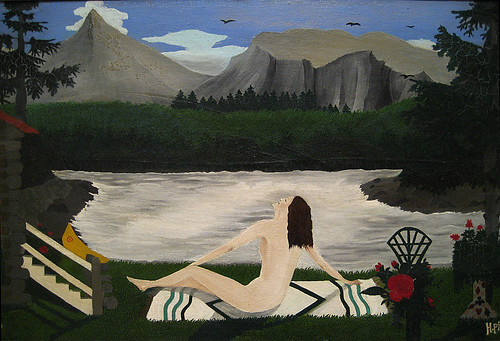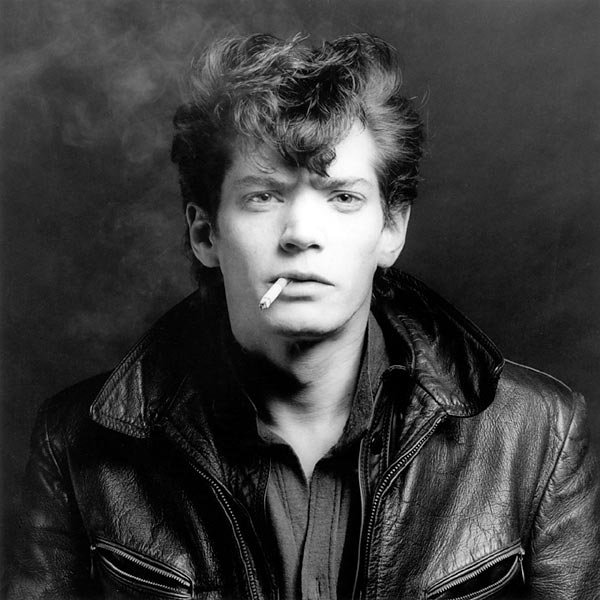Just another Thursday night, or it’s just what I am thinking sitting on my bed scrambling around to finish the art project due tomorrow. Seeming, as it is only the second week of the semester, my mind is filled with ideas that could possibly turn my night around. The project just messing with my sanity convinces me to reach over for my cell phone resting on my nightstand. Staring at the screen of my phone, I know who will be the person to call. Ring...ring…ring. “Hello, come to my room right now.” Simple as that, and within minutes I am heading over to the other side of Maple Ridge. Chelsey’s room is always my alternative place to be, seeming as being in my room can drive me wild. Her room quickly became my place of sanity. Funny thing is, I only have known Chelsey since the day I met her a few month ago over the summer as we immediately bonded complaining about orientation. Now heading over to her room, thoughts don’t even cross my mind as I feel like I have known her for years.
Upon reaching her room, I immediately jump on the bed and as we both sit right away she says, “So, want to go to a club tonight. I’ve never been, I figured you’ve been so you would like to keep me company.” To her surprise and my own I tell her I actually never have been to a club. Thinking about the outing, I could not help but fill my mind with excitement. My night is turning around, no more homework just an adventure with one of my good friends. Seeming as me and Chelsey have a blast if we are just sitting around being silly or just driving around listening to music, whatever it is I am not worried about the fun aspect. That girl and I are just a couple of silly carefree art kids, wherever we are found we can create our own world of fun. So now it wasn’t just the both of us surrounded by the concrete walls, but a new scene, the club scene.
Thursday night is by far the night to go clubbing in Providence, or so do the college girls say. Next thing I know we are on the highway heading to the city. Singing a long to pretty much everything that goes on the radio, our car ride turns into a party of our own as we quickly arrive in the city. Driving around the city, we are not able to keep our composures. We finally see the sign “Club Hell,” this is the place we are headed to and not until a few hours later will I find out that the name really speaks for itself. Searching for a parking place, I spot Chelsey’s friend in the red ford. Ali and Nicole jump out of the car screaming at us with excitement to get out of the car. Ali apparently is one of the girls when every Thursday night rolls around, gets all done up with her buddies and spends the whole night on the club floor. No matter what club, she will be found there going wild. She turned nineteen today, meaning I knew we were in for a trip with this party animal.
At this point Chelsey and I both feel like children clueless, exploring the unknown environment. “Leave everything in the car, no wallets, no cameras, no jackets, only your cash and phone if you can’t live without it,” said Ali, or should I say our mother for the night. Jacket less in my tank top and jeans I am ready to go, when I notice what everyone heading to the door of the nightclub is wearing. For the most part my vision is overwhelmed with the high heels and unnecessary short dresses, so short that I thought to myself what’s the point. And I am right what’s the point, as a girl dresses in booty shorts and a sparkly bra strolls by me as if there was completely nothing attention hording about her look. Quick walk to the doors, Ali leans and whispers a few words to the bouncer. He replies in an extreme loud manner to her whisper, “Happy birthday, have a great night in there.” We pass the line of people impatiently waiting to go in, as the four of as with Ali’s sweet talk manage to get us in for free. So this is it, let’s see what the night brings.
With my first step into the club, the image in my head that I had invested in up for the past hour quickly diminished. One look to the left, a bar with tons of bottles and old sitting stools. Look over the right another bar, even worse looking than the first. Separating the two favorite places of the boozehounds was the dance floor. How on earth is this dance floor supposed to fit more than twenty people at a time? In the back a couch area, where a few shady looking guys sit on the dirty couches sipping on their drinks already scheming and looking for girls. Let me mention this, the lighting or the lack of are the dim red light bulbs, casting an eerie feel on the entire club. One quick glance at Chelsey, and she too has this look of confusion covering her face. I could practically read her mind, and I knew what my mind was processing. Is this really it, why are we even here and where is the amazing high-class club? Maybe my mind is way too influenced by the scenes from movies.
 |
| This describes Club Hell in a nutshell. |
We are here early I found out from Ali. Yes, I guess being in a club around eleven at night is way to early. Of course she was right, as I spent the next hour hanging around talking to a few other college students the club filled with an unusual amount of bodies. The dance floor is no longer visible under the crazy crowd taken away from reality by the loud music. “We came here to dance so what the hell are we doing standing here Chels.” I grab her hand and we squeeze into the crowd. All we wanted was to dance and hear the loud music. But of course that could not just be it, it never is the simple matter of what we want. Next thing I know there is a guy on my right trying to dance with me, and as I slowly scramble to get away holding Chelsey’s arm, another one comes up to me. What is this, this is not what I came here for, but of course my mind must have just been in an oblivious state before I arrived here. As I spin out of the nearing trouble with my boyfriend on my mind, I cannot for the life of me find Chelsey. I glance over to my right, I see Chelsey in the air scrambling to get out of the grip of a tall guy holding her up and spinning her around. WHAT!? As I finally make my way towards Chelsey, who’s feet are finally on the floor, looks angry. “We need to leave this place, all I wanted was to have a fun with you tonight. But I can’t even dance and go crazy without these creeps getting all up in my way.” Who knew people were so forward, but tonight I learn that the club scene is not the scene for us girls with the boyfriends.
The nightclub is the scene for those wild college girls who are finally freed to do whatever they want. Through their foolishness learn as they seek for the attention that to me is highly unwanted. Tonight on a larger scale easily supports who I am. Seeming as I had what everyone can call a “wild” time in high school, tonight just proved to me more that what I used to consider fun is something I grew out of. And as I see others doing foolish things, I do not look down on them since I know it is the process of life, we will never learn until we actually try something. I am filled with those experiences, and my adventure to the club scene is something not for me anymore. As others experience their freeing experiences, I lived my last few year in a similar mindset. Tonight was a night that fully convinced me of who I was becoming, my annoyance and disappointment proved the nescience of my maturity and revealed my wanting for success. College is my road to success as I am striving to be, in the over used words, the best I can be.










